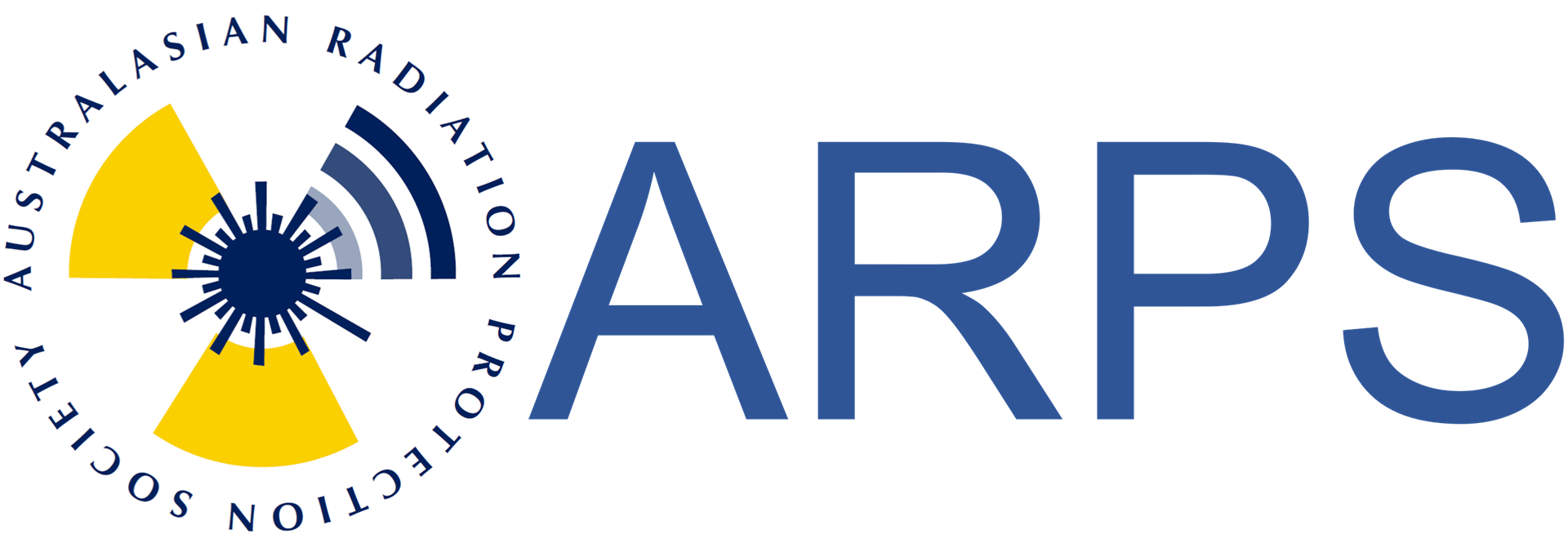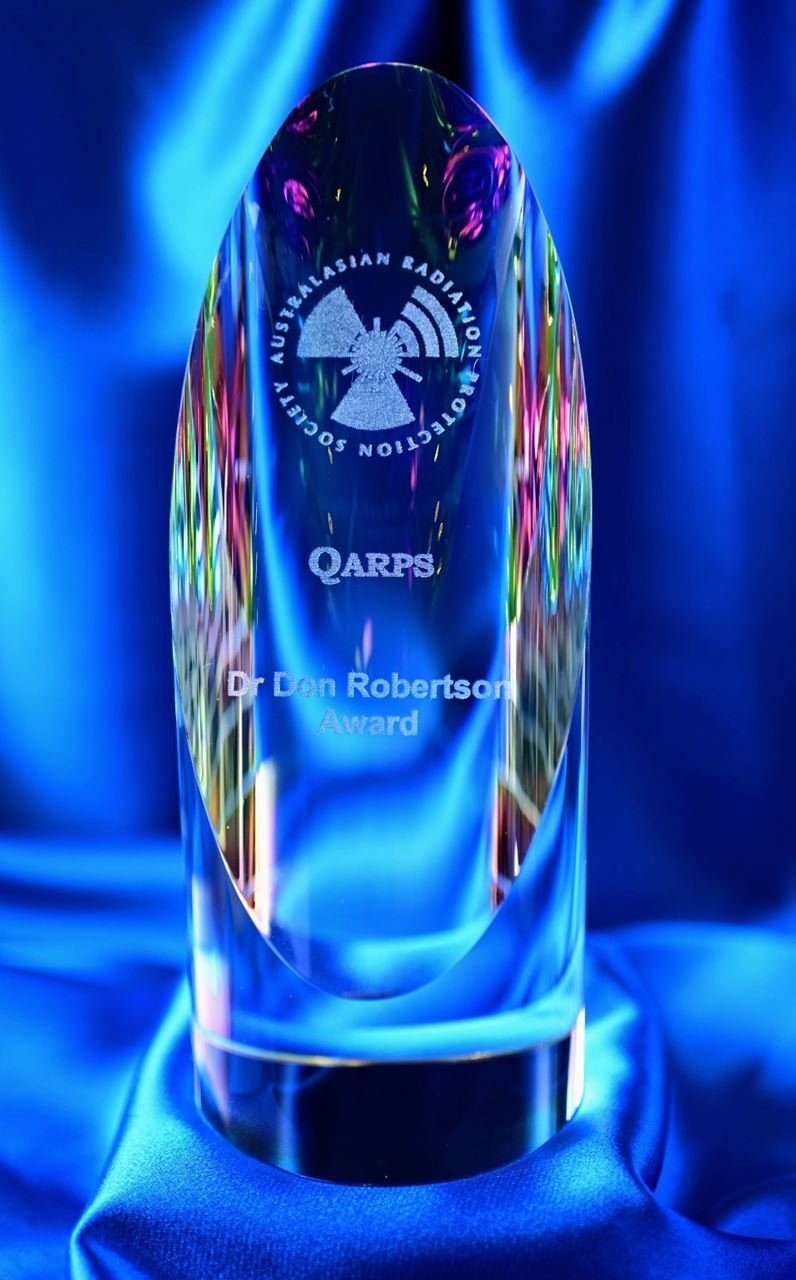- Home
- About Us
- ARPS Executive
- Queensland Branch (QARPS)
- Dr Don Robertson Award
 Dr Don Robertson Award
Dr Don Robertson Award
To
submit a nomination, please email your recommendation to
QARPS@arps.org.au. In no more than 250 words, outline why you believe
this individual should receive the ARPS State award, highlighting their
notable accomplishments and dedication to advancing radiation
protection.
The
QARPS executive committee will carefully consider all nominations, and
the award recipient will be announced during a future member meeting.
The prestigious award will be presented at the national ARPS conference
held in Queensland, further recognizing the recipient's outstanding
contributions.
We
encourage all Queensland-based ARPS members to participate in this
meaningful opportunity to acknowledge those who have exemplified
excellence in radiation safety and protection. Your nominations play a
crucial role in celebrating the remarkable achievements within our
community.
Dr. Donald Fyfe Robertson
Dr. Donald Fyfe Robertson (November 9, 1914 – January 18, 2006) was a highly respected medical and radiation physicist whose pioneering research in the field of ultraviolet radiation and its impact on skin cancer has benefited sun-loving Australians. Born and raised in Brisbane, Queensland, Dr. Robertson excelled academically and was actively involved in rowing during his school and university years. He joined the physics department at the University of Queensland in 1937, beginning a remarkable 44-year career as a lecturer, senior lecturer, reader, and ultimately the university's Radiation Officer.
During World War II, Dr. Robertson served as a consultant physicist to the army, navy, and air force, contributing to projects involving X-ray safety and the protection of ships from magnetic mines. His passion for bushwalking and rainforests led him to help establish Binna Burra Lodge and promote the scenic walking trails in Lamington National Park. In 1944, he married Heather Craig, a nursing sister at the Royal Brisbane Hospital.
Dr. Robertson's pivotal work in radiotherapy and cancer treatment involved developing techniques for preparing and applying radioactive radon gas for the treatment of skin cancers. He recognized the magnitude of the skin cancer problem in tropical Queensland and contributed to the framing of Queensland's Radioactive Substances Act in 1961, which regulates the use of radioactive materials and X-rays.
As a dedicated lecturer, Dr. Robertson educated generations of medical, dental, and veterinary students in medical physics and co-authored the reference textbook "Medical and Biological Physics" with Professor Hugh Webster. His groundbreaking research focused on the biological effects of solar ultraviolet radiation on human skin and led to the development of a meter that measured sunburning ultraviolet radiation. These meters, known as Robertson-Berger Meters, were used in extensive studies to assess the impact of atmospheric pollutants and to investigate the effects of supersonic aircraft on the ozone layer.
Dr. Robertson's work also involved evaluating the protective ability of sunscreens and contributing to the establishment of the Sun Protection Factor (SPF) rating system that is widely recognized today. He conducted thorough testing of sunscreens, even using himself as a human test subject, leaving lasting scars from those that didn't provide adequate protection.
In his role as the University of Queensland's Radiation Officer, Dr. Robertson ensured the highest safety standards in the use of radioactive materials across 30 university departments. After his retirement in July 1981, he dedicated his time to his other passions, including his grandchildren, music, travel, woodcarving, and enjoying the great outdoors.
Dr. Donald Fyfe Robertson's legacy lives on through his invaluable contributions to radiation science, his groundbreaking research on ultraviolet radiation and skin cancer, and his unwavering commitment to public safety and health. He is survived by his wife Heather, children Ian, Bruce, Neil, and Elspeth, 11 grandchildren, and two great-grandchildren.

